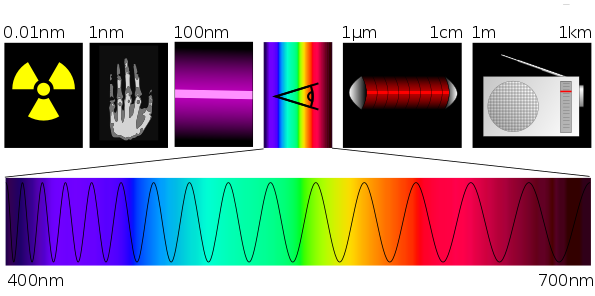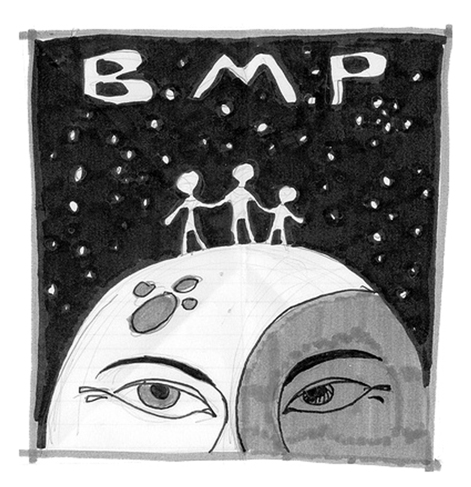IF YOU ARE IN A HURRY
Whoever may be interested in elaborating on possible solutions on the mitigation of consequences deriving from light pollution:
- give ten minutes of his/her time to the http://www.pibinko.org/buiometria-partecipativa/
- then write to info@pibinko.org for more information (not on buiometriapartecipativa project, but on the mitigation solutions).
Thank you, and have a nice week-end
IF, ON THE OTHER HAND, YOU HAVE MORE TIME AND A CUP OF TEA
A) On October 9, 2012, the Italian government proposed on a new law for cost containment (the so called stability law). In addition to “typical” issues such as income or value added taxation, the law proposed a different action item, called “operazione cieli bui” (operation “dark skies”)
For years I have been following very closely, and in collaboration with other experts, the light pollution issue in Italy, and partly abroad, and the past two weeks have felt like a fresh breeze to me.
B) The law proposes the reduction of public lighting, though measures such as the reduction of the power and number of luminaires, and of the number of hours of operation. According to the experts who provided the initial input data for the law, this should lead to savings in the range of 500-1000 MEuro per year in Italy.
The contents of the “operazione cieli bui” has triggered in the public and in various opinion makers an extremely diverse chain of reactions, mostly having in common a defensive modus operandi.
We have seen statements such as “Well, it is true that our core business is energy, but we this part of the law is irrelevant to us“, or even people saying that the decrease of light in cities will lead to more crime, more depression, less trust in the future and in the possibility of a recovery for our country, etc.
Such reactions are all generally understandable and justifiable, with an appropriate analysis effort.
C) On the other hand, we have the community of experts and citizen interest groups which for years have been studying and working in sectors related to light pollution. In principle these subjects are more prepared in evaluating the technical and legislative implications of the issue, in addition to having an updated state-of-the-art vision. One would expect this community to be able to respond in a consistent and balanced way to any comment or critique.
However, for the moment (we are now some ten days in the public debate) this has not been happening.
Knowing personally various experts (lighting engineers, architects, stargazers, astronomers, land planners and environmental monitoring folks) which for years have been operating in a very “linear” approach in their mission on light pollution, something new happened.
The voices of people which for years (some since the past century) have given time, energy and money to conduct activities in research, educational, awareness raising and lobbying for regional laws are for some reason responding in different ways to the reactions of the general public on the “operazione cieli bui”
D) To connotate such responses with reference to light, we might say that there has been feedback corresponding to any part of the electromagnetic spectrum…from red to blue…

- in green (for hope) the jubilation of the experts which, after years of commitment (both as volunteers and as professionals), have managed to bring to the attention of the nation a real environmental issue, together with a possible solution.
- in red (as fire) raging reactions, especially in response to press and TV flack arguing about the validity of the measures proposed by the government (supported in this by some light pollution experts)
- in a cool blue…very few people. There have been very few individuals remaining calm once they acknowledged the magnitude of a law which could contribute to mitigate light pollution, reduce the electricity bill of the nation, and reasonably generate a stream of additional revenue in the process.
- strangely (and with no color): facing a very real and substantial fact (i.e. the new law), we have also observed the silence of some subjects which in the past couple of years were proposing themselves as national players in the arena of light pollution…for the moment they have not spoken (or have done so with insufficient energy to be heard)..wasn’t light pollution mitigation one of the big causes in your life ? Ok…no big deal…and possibly some of them have serious reasons for not speaking up yet (e.g. family issues, long-term travel in remote locations, etc.).
E) In the sum of “energy exchanges” deriving from diverse opinions, the current result, as observed standing just outside the playground is almost funny: you will note a whole group of stakeholders which, for different reasons, are feeling gloomier.
Some of them now fear that the “operazione cieli bui” will work too well. Some others fear that the operation may be twisted or diminished with respect to the initial layout which they provided to the government.
There are people fearing the loss of “something” deriving from having “less light”. Other people fear the loss of “something” by maintaining “more light”.
At the end of the day, lots of people I read about or I know are saying they will feel gloomier, whichever way things go, just because they don’t accept that things can go a little differently compared to their expectations.
F) For those of you who are less acquainted with electromagnetism: remember that, in addition to “the light which makes us see colours” (the so called “visible” part of the spectrum), there are also parts of light which our eyes cannot see…on one side we have infrared (e.g. used in remote controls), on the other hand, we have ultraviolet (for which you like to have sun-screening creams).
Interestingly, if you have the right gear, your eyes can be helped to “see” infrared, and if you don’t have the right protection you will surely experience the effect of UVa and UVb rays
…if you like the idea, we want to invite you to a week-end outing in a theme park about light and its relation to the night sky.
The theme park is called BuioMetria Partecipativa (we might translate this as “participatory darkness-o-metry”…the word buiometria does not exist in Italian dictionaries), and it is open since June 2008.
This proposal is not academic nor vague. There are people who, for almost five years, have been periodically visiting the “theme park” of one of the main projects currently active worldwide on awareness raising and crowdsourcing of night sky quality data (strictly related to light pollution data). With this experience, they have found precious suggestions to “read” parts of the story which are not always immediately visible.
Not only that: for over two years now, in addition to analyze and measure the light pollution issue, some of these people have started to operate “on the field”. This has led initially to a combination of activities which in Italy are called “social promotion” (with a specific law on this). In a few months, the same line of action has also crossed actual jobs.
…and, for some reason, if we occasionally meet people who are feeling gloomy about their situation, we often find that the same people can actually bring back to their lives a little light…sometimes also saving electricity.
H Would you like to know more ? This post is already too long. More (and more explicit) posts will follow. If these posts are not sufficient, or if they don’t come if a pace that is appropriate for you, please write to info@pibinko.org
Thank you, and have a nice week-end!
 For those of you who don’t yet know it: what is buiometria partecipativa ? It is an international project, started in Spring 2008, to raise awareness on the issue of light pollution (and on its solutions) and, in parallel, it is an international participatory environmental monitoring project.
For those of you who don’t yet know it: what is buiometria partecipativa ? It is an international project, started in Spring 2008, to raise awareness on the issue of light pollution (and on its solutions) and, in parallel, it is an international participatory environmental monitoring project.
